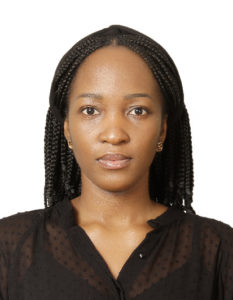The Posner Center for International Development model is based on collaboration. It was conceived by a group that believed in networking, collaboration, and the positive impact that can result from connecting different organizations that exist within the same sector.
The Posner Center represents almost 200 organizations, including nonprofits, private enterprises, university departments, consultants, service providers, and individuals. Its activities center on global development issues and range from capacity building, learning, and sharing practices, to ensuring support, launching events, promoting tenants, and supporting members.
What is collaboration, and what makes organizations collaborate? How can an organization enhance its collaborative model?

Those three questions were at the center of the Capstone project I did with the support of the Posner Center team. This project was about collaboration in global development. The main idea was to study the benefit of collaboration in the Posner Center context.
Questioning one’s approach and making a model that is more dynamic in creating a new level of collaboration was the challenge of this study. In global development, how can we look for synergies between partners through collaboration? The Posner Center tries to adapt its approach to the fast-changing contexts and their impacts on each organization it supports.
Having worked in the humanitarian field for almost ten years now, I have seen different types of collaboration to tackle a wide range of issues or challenges. Sometimes it comes from the organization, and for others, it is a requirement to have funds. Engaging in this study was interesting because the way the Posner Center approaches collaboration is different. I discovered new collaborative models, including nonprofit and private sector organizations, tools to assess a potentially successful collaboration, and the challenges that arise when engaging in partnerships (locally and internationally),

The Posner Center continues to challenge its model to make it more efficient. While doing so, the center involves its tenants and members in the discussion. Being part of the discussion gave me three main takeaways: constantly adapt the reference documents to the current audience, create a package for new organizations and give them the collaborative tools from the beginning, and ensure capitalization and dissemination.
